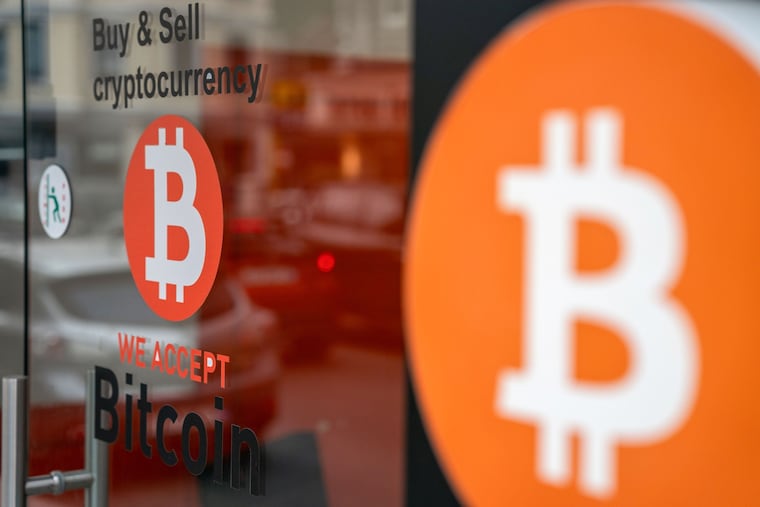Market Pulse
In a move that has quickly captured the attention of both cryptocurrency enthusiasts and financial regulators, Volatility Shares has formally applied to the U.S. Securities and Exchange Commission (SEC) for approval of an exchange-traded fund (ETF) offering 5x leveraged exposure to XRP. This audacious proposal, submitted around October 14, 2025, introduces a new layer of risk and speculation into the already volatile digital asset market, raising immediate questions about investor protection, market stability, and the SEC’s evolving stance on complex crypto-linked financial products.
The Mechanics of Leveraged ETFs and Amplified Risk
Leveraged ETFs are financial instruments designed to amplify the daily returns of an underlying asset, typically using derivatives like swaps or futures contracts. A 5x leveraged ETF, for instance, aims to deliver five times the daily percentage change of XRP. While this promises magnified gains in a bullish market, it equally ensures exacerbated losses during downturns. The inherent volatility of cryptocurrencies, especially an asset like XRP which has historically experienced significant price swings, makes such a product exceptionally high-risk for all but the most experienced investors.
- Compounding Effect: Leveraged ETFs reset daily, meaning their long-term performance can deviate significantly from the stated leverage multiple, especially in volatile, sideways markets. This can lead to unexpected erosion of capital over extended periods.
- Liquidation Risk: Extreme price movements could lead to rapid erosion of capital, or even total loss, for investors holding such positions, often much faster than in traditional, unleveraged investments.
- Complex Instruments: These products are often deemed suitable only for sophisticated investors who fully grasp their intricate mechanisms and associated risks, not typically for retail investors.
XRP’s Unique Position and Regulatory Backdrop
XRP, the native cryptocurrency of the Ripple network, operates under a distinct regulatory cloud compared to other major digital assets. Its history includes a protracted legal battle with the SEC over its classification as a security. While recent legal developments have provided some clarity on certain aspects of XRP’s status, it remains an asset keenly watched by regulators. Introducing a 5x leveraged ETF for XRP presents a complex challenge, as it combines the inherent volatility of a major altcoin with an aggressive investment vehicle, intensifying the scrutiny from a regulator already cautious about crypto-linked products.
The SEC’s primary mandate is investor protection and maintaining fair, orderly, and efficient markets. Given the historical volatility of XRP and the amplified risk profile of a 5x leveraged product, the Commission will undoubtedly scrutinize this application with extreme care. Previous rejections of spot Bitcoin ETFs were often rooted in concerns about market manipulation, custody, and the nascent nature of crypto markets. These concerns are only magnified when considering a highly leveraged product tied to a specific altcoin, potentially exposing retail investors to unprecedented levels of risk.
Potential Market Impact and Regulatory Precedent
Should the Volatility Shares 5x XRP Leveraged ETF gain approval, it would set a significant precedent in the crypto ETF space. It could signal a shift in the SEC’s tolerance for more aggressive, derivatives-based crypto products beyond Bitcoin futures ETFs. However, the path to approval is likely fraught with challenges, as the SEC has historically taken a conservative approach, particularly regarding products that could expose retail investors to excessive risk. An approval could potentially:
- Attract a new wave of highly speculative capital into the XRP market, potentially increasing its volatility and trading volume.
- Inspire similar leveraged ETF proposals for other altcoins, further diversifying the risk landscape in crypto investments.
- Force the SEC to articulate clearer and more robust guidelines on the suitability and risks of highly leveraged crypto products for public trading.
Conversely, a rejection would reinforce the SEC’s cautious stance, particularly concerning products linked to altcoins with ongoing or recently concluded regulatory challenges, and underscore its commitment to protecting less experienced investors from complex, high-risk instruments.
Conclusion
The proposal by Volatility Shares for a 5x XRP Leveraged ETF stands as a pivotal moment in the ongoing evolution of crypto financial products. It highlights the persistent demand for innovative investment vehicles within the digital asset space, juxtaposed against the regulatory imperative to safeguard investors and maintain market integrity. As the SEC deliberates, the crypto community watches closely, understanding that this decision could profoundly influence the future landscape of leveraged crypto investments and regulatory oversight for years to come.
Pros (Bullish Points)
- Potential for significantly amplified gains if XRP experiences sustained upward price movements, attracting speculative capital.
- Signals growing demand for sophisticated crypto investment products and could pave the way for more diverse offerings if approved.
Cons (Bearish Points)
- Exposes investors to extreme risk, with potential for rapid and substantial capital loss due to 5x leverage in a highly volatile market.
- Likely to face significant regulatory pushback from the SEC, potentially setting a negative precedent for future innovative crypto products if rejected.
Frequently Asked Questions
What is a 5x XRP Leveraged ETF?
It's an Exchange-Traded Fund designed to deliver five times the daily percentage change of XRP, using derivatives to amplify both returns and losses.
Why is this proposal considered risky?
Due to XRP's inherent volatility and the 5x leverage, investors face significantly amplified gains and losses, with high potential for rapid capital erosion, especially in turbulent or sideways markets.
What are the primary concerns for the SEC regarding this ETF?
The SEC's main concerns revolve around investor protection from highly complex and volatile products, the potential for market manipulation, and ensuring the overall stability and efficiency of the markets.



